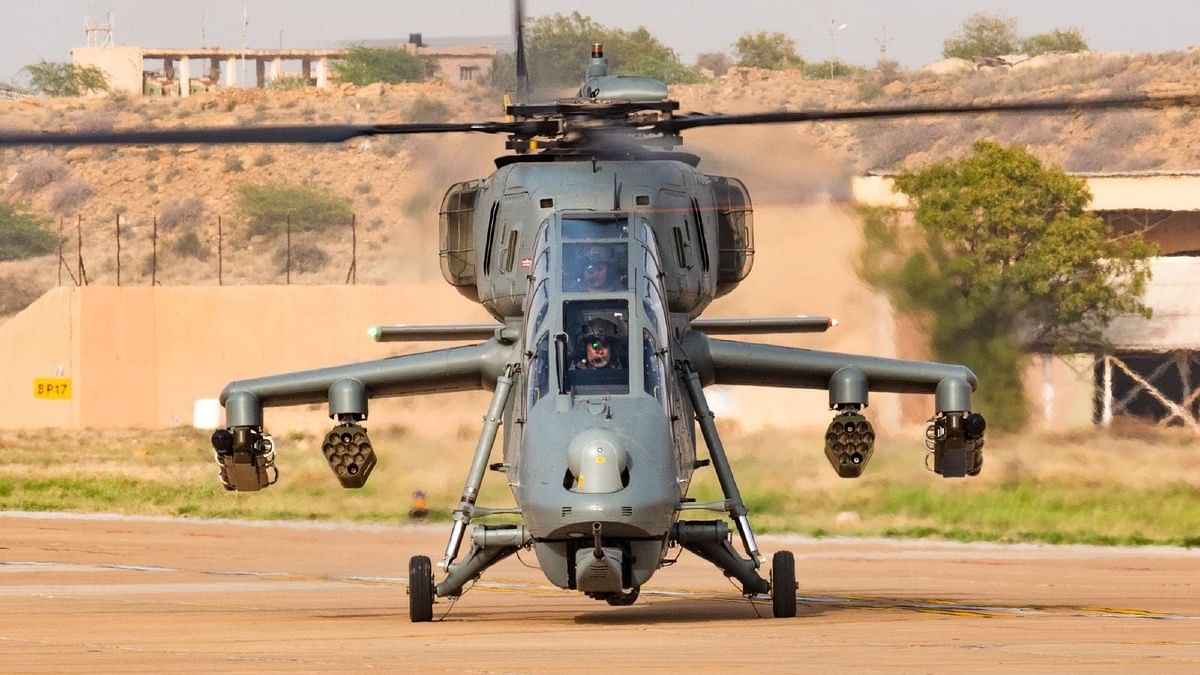SOURCE: AFI

The use of armed drones and Remotely Piloted Vehicles (RPVs) in contemporary conflicts, particularly in Ukraine and the Middle East, has significantly reshaped the battlefield landscape. These unmanned systems have demonstrated their ability to overcome traditional anti-aircraft defenses and even advanced Surface-to-Air Missile (SAM) systems. The success of drones in penetrating air defenses highlights the urgent need for developing innovative strategies to counter these evolving threats. As future conflicts will likely see a surge in the use of armed drones and RPVs, defense forces worldwide must adapt and prepare. For India, the Light Combat Helicopter (LCH), indigenously developed by Hindustan Aeronautics Limited (HAL), presents a promising solution for countering drone threats.
Recent conflicts in Ukraine and the Middle East have underscored the transformational impact of armed drones on warfare. These drones, often small and agile, have been able to evade traditional defense systems and deliver precision strikes on high-value targets. RPVs are increasingly being used for reconnaissance, artillery spotting, and airstrikes, rendering them a vital component of modern warfare.
The success of armed drones stems from their ability to fly at lower altitudes and speeds, making them difficult to detect and target with conventional air defense systems. They can carry out tasks traditionally reserved for manned aircraft while minimizing risk to personnel. The use of swarm tactics, where multiple drones operate in coordination, further amplifies the challenge for air defense forces. Given their effectiveness in the ongoing Ukraine conflict and Middle East operations, it is clear that armed drones will play a prominent role in future conflicts.
The rising threat of drones is not lost on the Indian Armed Forces, particularly the Indian Air Force (IAF). While India has invested in counter-drone systems, such as radar, jammers, and kinetic interceptors, a more versatile, mobile, and effective solution is needed to counter adversary Unmanned Aerial Vehicles (UAVs). This is especially true when these drones are used for battlefield reconnaissance or carrying out precision strikes.
Currently, advanced fighter jets in the IAF’s inventory, such as the Su-30MKI and Rafale, are not ideal for drone interception due to their high-speed operations and focus on high-altitude threats. Similarly, utility helicopters like the Dhruv MkIV ‘Rudra’ and Mi-171V/V5 lack the maneuverability and performance to effectively counter UAVs. There exists a critical gap in India’s defense apparatus for an anti-drone platform that is both agile and survivable on the battlefield.
Drone swarm tactics, where adversaries deploy multiple drones simultaneously to overwhelm defenses, are becoming a growing concern for modern militaries. The LCH, with its advanced avionics and high rate of climb, is well-positioned to counter such threats. Its agility enables rapid engagement of multiple drones, while its weapons systems allow it to neutralize UAVs before they can pose a serious threat to critical assets or personnel.